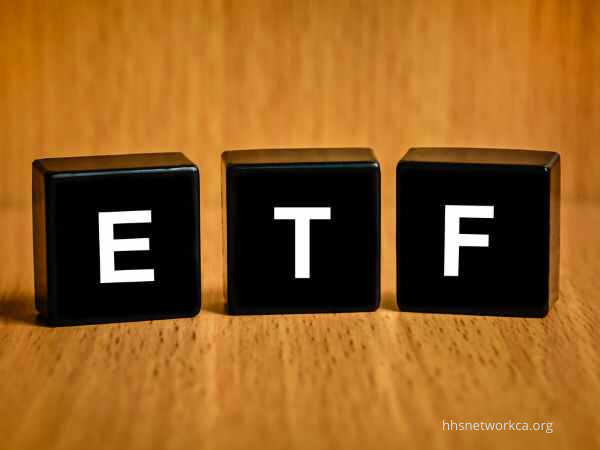Exchange-Traded Funds (ETFs) are an excellent option for people who want to invest in a market without buying the stock of each company. However, you’re still buying into companies within that index fund when you buy an ETF.

Therefore, it is essential to look at what kind of index fund and ETF is offering exposure and look at the underlying holdings of this fund. This will allow you to identify which companies and industries you would like to be invested in and which ones you may want to avoid.
ETFs in Asia
There are Singapore or Singapore-focused ETFs and those that track the rest of Asia. Since the markets in Asia are developing and expanding at a fast pace, it is essential to look at how an index has performed historically and what kind of companies and sectors these funds consist of.
This way, you can find the fund(s) that reflect your investing strategy and risk tolerance. Furthermore, if you’re new to investing, here’s a great guide on choosing your first ETF.
There are different types of these funds, each investing in a specific index or group of companies, giving exposure to different industries and regions. This means they can be designed to track either geographical indexes like Europe or Asia or industry-specific ones like Pharmaceuticals.
You can also be exposed to new markets without having to buy stocks of individual companies if you want – this would include developing countries like China, Russia, and Brazil, which have large pools of untapped potential compared to more developed economies.
Three factors to consider when selecting an ETF
To select which type of ETF you want, you should consider three main factors: what markets you want to be invested in, what kind of risk tolerance you have, and how actively traded the ETF is.
Once you’ve chosen your desired market exposure, it’s time to move on to choosing which companies would best fit your investing strategy. If you’re interested in learning more about different types of companies, here’s an article with some excellent analysis.
As mentioned earlier, when you invest in an ETF, you are buying into a fund that consists of multiple underlying holdings, so it is essential to look at both the index these funds track and its components. This will allow investors to decide whether they should buy this fund based on how much exposure it gives them towards their preferred markets and which stocks they would like to be exposed to
Risks associated with ETFs
However, investors should be aware of the consequences of ETF’s dominance in Asia. One risk is that if for some reason, local markets stop tracking global markets (which is often what happens), then people won’t be able to access those investments through ETFs any more easily.
Foreign market ETFs make up about 40% of overall Asian ETF assets. With such a large portion of investors’ money solely invested in those products, the risk of a market shock becomes even more significant.
Another consequence of ETFs is that since they are available as short-term instruments, investors don’t always fully understand the risks involved in investing in them. Many have noted that since ETFs have had such an excellent track record, investors seek to invest for quick gains and don’t buy into the fundamental aspects of a company that drives long-term growth.
Bottom Line
Since the economic landscape in Asia is constantly changing, it is essential to look at how this index has performed historically and what kind of companies and sectors these funds consist of. This will allow you to find funds that reflect your investing strategies and risk tolerance.
Finally, we recommend contacting a reputable online broker from the Saxo bank group if you’re new to investing and trade on a demo account before investing real money.